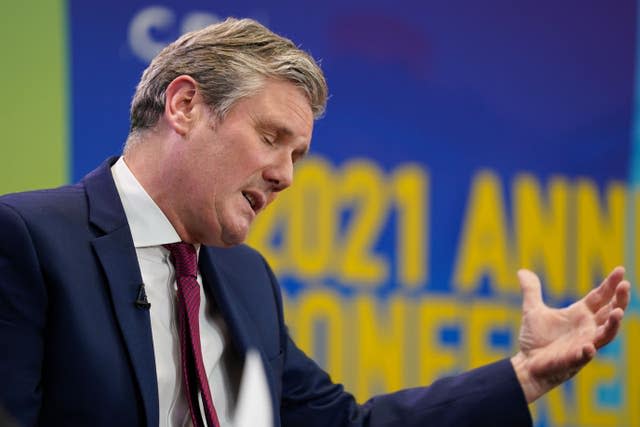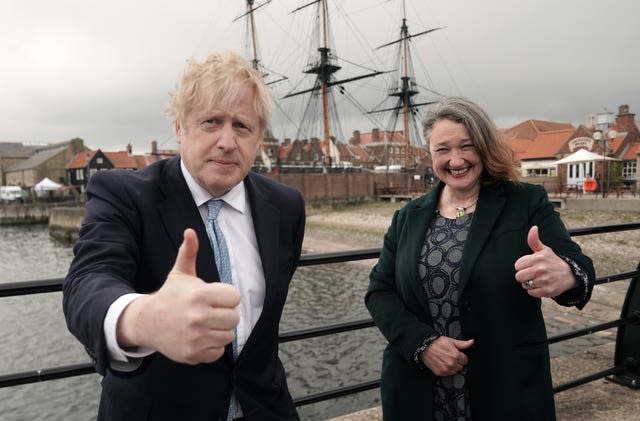Starmer puts in work in 2021 to get Labour election ready
For Labour, 2021 was the year that leader Sir Keir Starmer finally made a clean break with the left of his party.
When Sir Keir became leader of Labour in April 2020, the country was in the grips of coronavirus, limiting the former director of public prosecution’s ability to get out on the road and show voters who he really was.
The lifting of lockdowns did not really change that, with the Labour leader often failing to land blows on Boris Johnson in the first half of the year.

And he has again been confined to isolation multiple times by Covid close contact alerts.
But internally, he took steps which he hopes will make Labour election ready for the battle ahead.
This included two reshuffles, with various MPs loyal to former leader Jeremy Corbyn leaving top jobs.
And key changes to rules at the party’s conference in Brighton – Sir Keir’s first in person as leader – would make it harder for the left of the party to have a candidate on a future leadership ballot.
Other reforms included separate measures to introduce a fully independent complaints process to tackle antisemitism.
The Hartlepool by-election gave Labour a rough start to the year, as the seat which had been red since 1964 fell to the Tories.

But Sir Keir promised he would fix Labour’s trust problem in those former heartland seats where they had lost votes.
And there was celebration when the sister of murdered MP Jo Cox, Kim Leadbeater, won a by-election in her form Batley and Spen seat, despite Labour figures initially being gloomy about their prospects.
Trust within his own party, however, will also be an area that needs attention as relations between Sir Keir and his deputy Angela Rayner seemed to sour.
Ms Rayner was blindsided by the timing of Sir Keir’s November reshuffle, which started as she gave a keynote speech on standards.
In May, at his previous shake-up, the pair became locked in a tense stand-off when Ms Rayner felt she was being scapegoated for Hartlepool and Sir Keir was reported to have wanted to move her to another role.
However, Ms Rayner flatly refused and picked up a number of new titles instead.
Looking into 2022, Labour will need to look at how it will boost its coffers ahead of any election bid.
Its biggest union donor, Unite, has said donations will be cut.
And staff redundancies at Labour’s Southside headquarters were mooted amid concerns over cashflow.
Politically, towards the end of the year, Sir Keir began to focus on Tory broken promises as an attack line, capitalising on Government accusations of sleaze, and broken manifesto pledges on social care, the pensions triple lock, and national insurance.
Labour’s focus on sleaze and shining a spotlight on reports of lockdown-busting parties in No 10 proved a happy hunting ground, with the Tories toppled in their former safe seat of North Shropshire on December 16, in a by-election prompted by the scandal-ridden resignation of former minister Owen Paterson.
Although it was the Liberal Democrats and not Labour that benefited from the shock by-election result, the outcome hinted at how Sir Keir’s outfit, having seen themselves take the lead in a host of national opinion polls, might form an informal alliance with other parties in a bid to destroy Boris Johnson’s majority at the next election.
But when there is another chance to inflict election pain on the Government, Labour will hope they are the party taking the scalp.

 Yahoo News
Yahoo News 